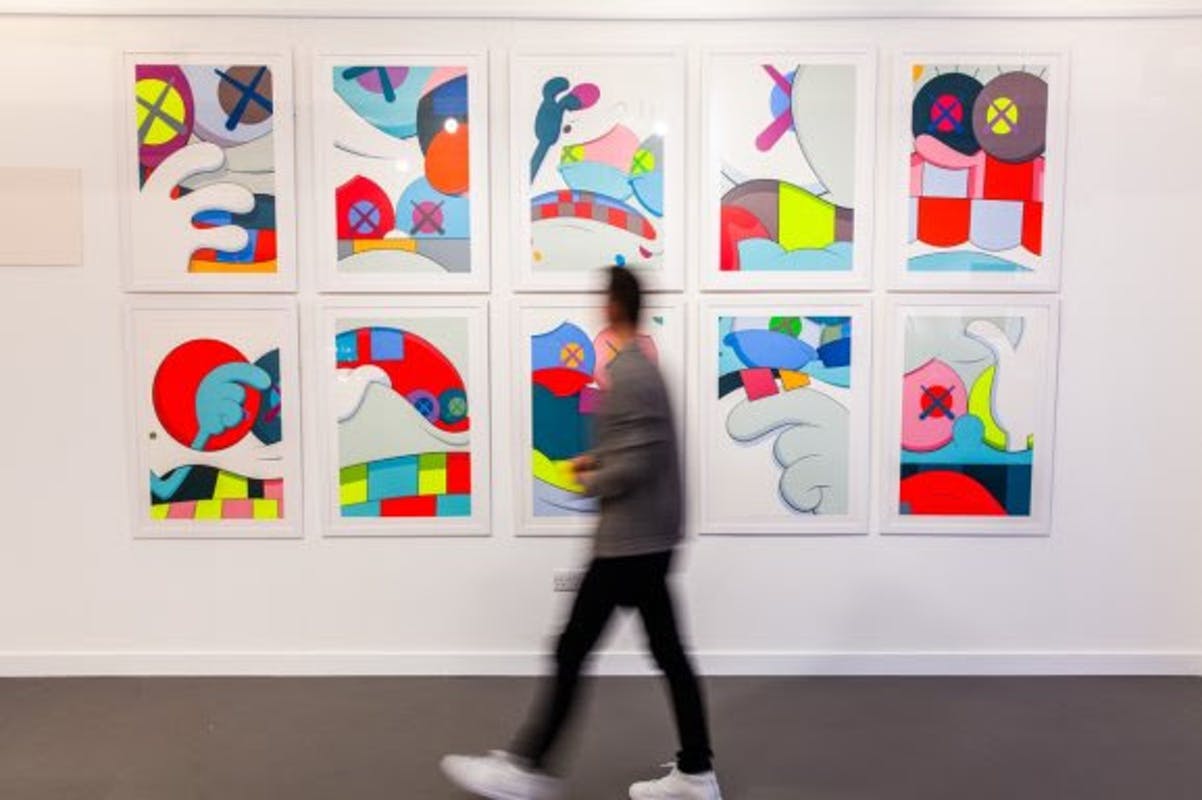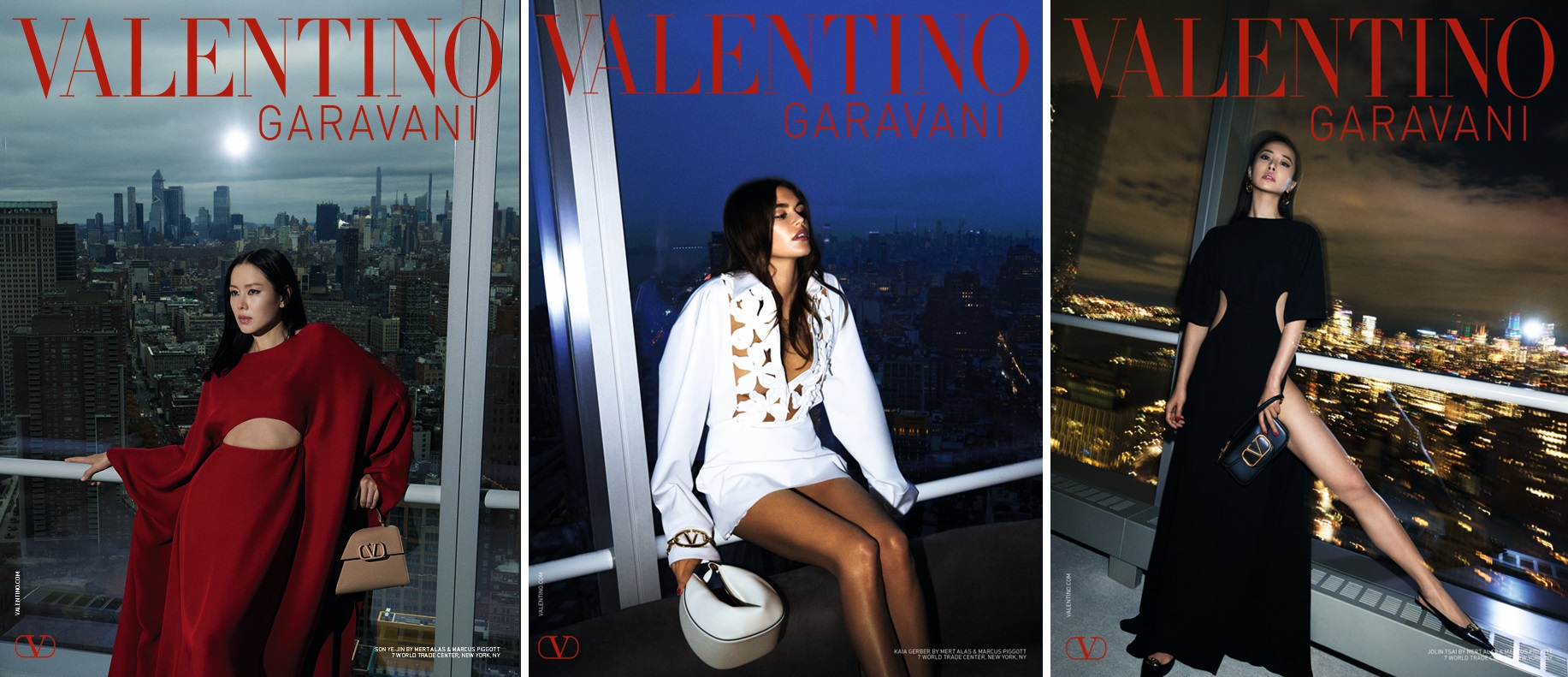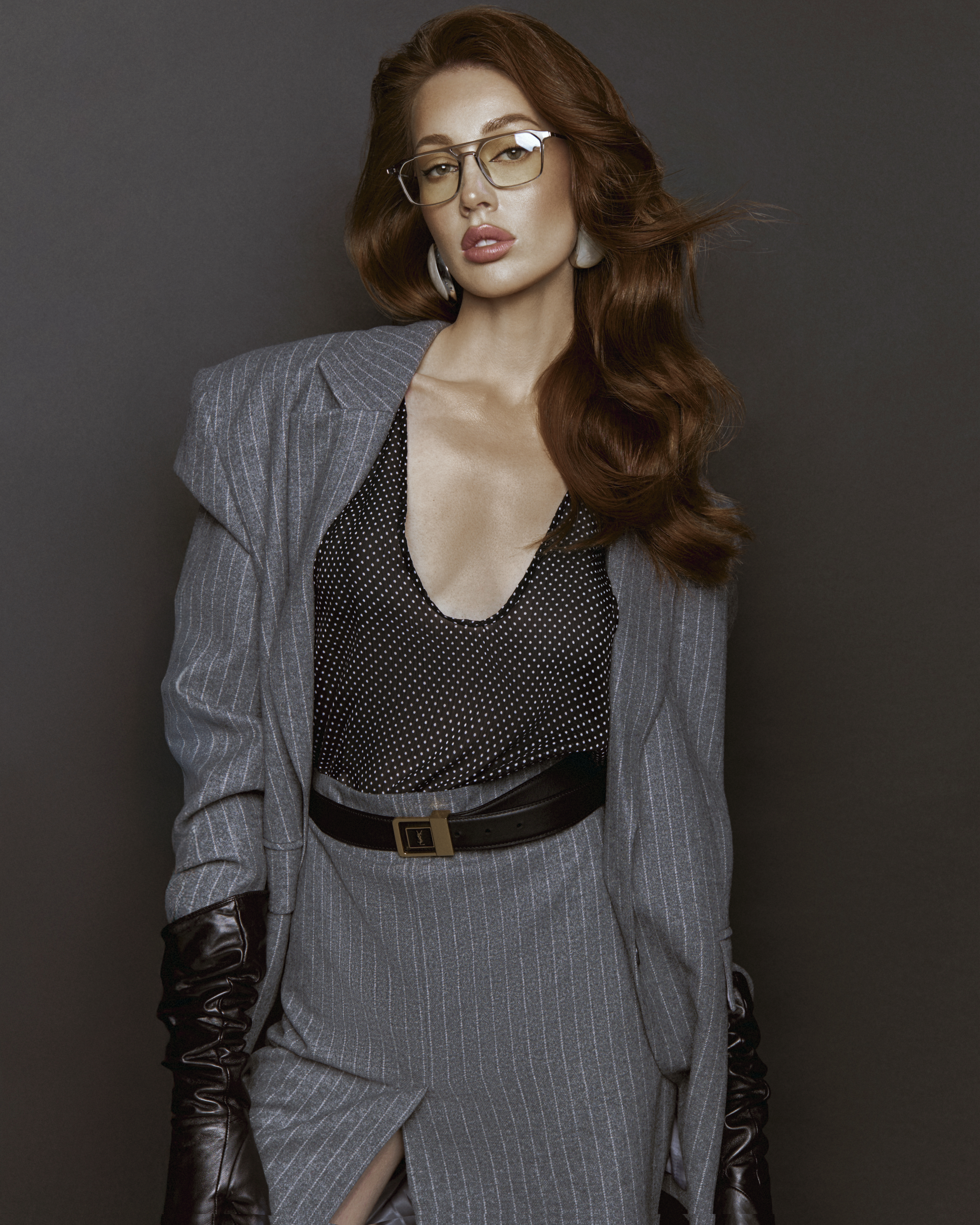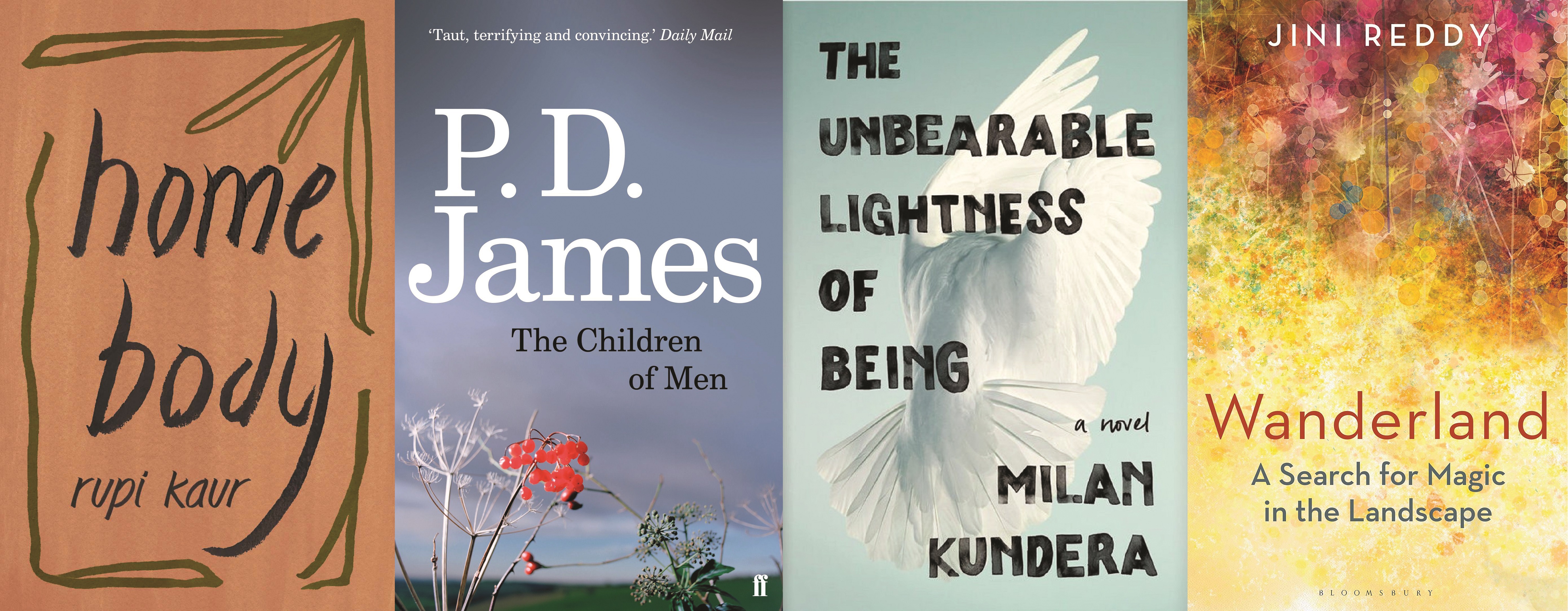Cutting Fabrics, Braking Borders - Textile as Resistance - Exhibition in Belgium
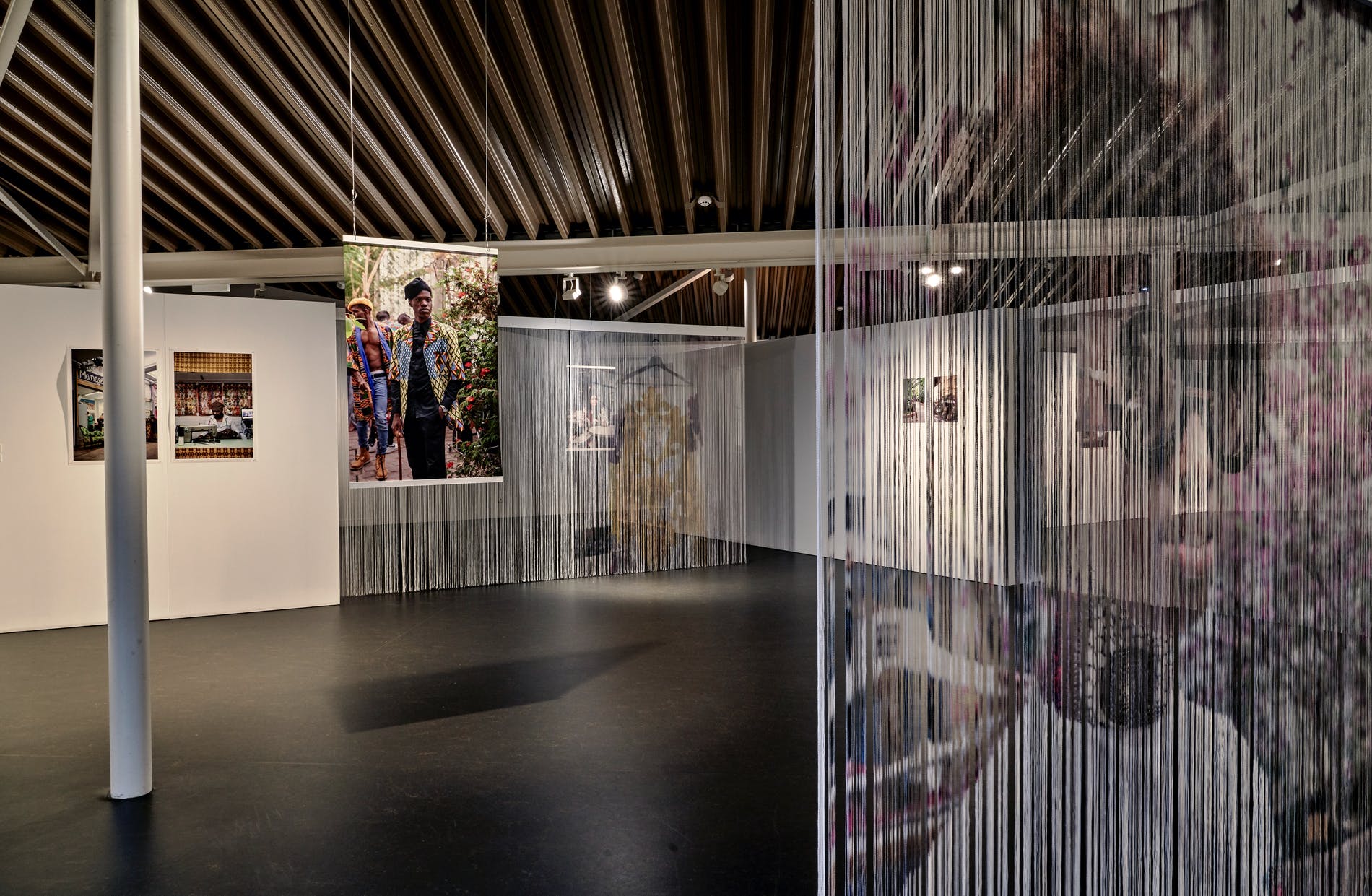
Clothes tell stories: they reveal where we're from, hint at our values, provide glimpses into the past... It's this sartorial storytelling that forms the focus of a new exhibiotion exploring hidden lives of textiles, created in collaboration with journalist Samira Bendadi and photographer Mashid Mohadjerin.
Refuge, resistance, hope, happiness, tradition, beauty, spirituality and decolonization. Textiles are - and have long been - a powerful medium for the expression of identity, especially in times of war and crisis. What messages and stories can fabrics share? What does an outfit or a piece of clothing say about the wearer? Can textiles weave the past together with the present? Can they be an act of resistance? Important questions worth exploring in order to stitch together a fuller picture of our modern societies and inspirational people that are beating the odds around the globe.
MoMu Antwerp and Texture Kortrijk (Belgium) present the exhibition and publication "Textile as Resistance’" in collaboration with photographer Mashid Mohadjerin and journalist Samira Bendadi. Taking textiles as a starting point, the curators searched for new stories that closely connect to important themes in their own work: activism, the role of women in resistance, migration and displacement, cultural and social alienation and the search for a cultural identity.
"Textile as Resistance: The power of no-slogan fabrics" gives a voice and face to the – often silent – resistance of people around the world who fight for the survival of their families, communities and the social cohesion of their familiar everyday reality. In both words and images Bendadi and Mohadjerin show the pain and sadness of this fight, as well as the incredible resilience, creativity and initiative demonstrated by people in displaced and traumatising situations. They approach great contemporary issues concerning migration and cultural identity through individual and personal testimonies that cross religious, cultural and national borders. Their search started in Antwerp, but the stories they tell take us along to other parts of the world, to Paris and Beirut, Aleppo and Kabul. Textiles are literally and figuratively the connective element between individuals, communities and cultures.
Exclusively for "Textile as Resistance", Mashid Mohadjerin created a series of impactful photos and Samira Bendadi wrote an equally exclusive collection of moving stories, crafting an awe-inspiring tapestry of visual and written storylines for visitors to unravel. This creative pair invites you to discover clothing and textiles as a diving board into stories that transcend religious, cultural and national borders. For both Bendadi and Mohadjerin, migration has always been an essential part of their history. They uncovered many moving stories on many aspects of the lives of Belgian immigrants, leading us into clothing stores and textile ateliers, started and run by refugee women in Lebanon and Palestine and showing us people passing on embroidery traditions to the next generation.

“Antwerp and Flanders are connected to the rest of the world through asylum and migration. Antwerp is home to more than 170 nationalities. 183 different languages are spoken here. The exhibition is part of our mission to make MoMu meaningful for everyone and to enable social, aesthetic and personal change. We aim to continue to inspire with plenty of initiatives along the lines of this exhibition, even after the official re-opening of the museum”, says Kaat Debo, MoMu director.
Idriss and Alpha Dialo
"When I started in this profession, I thought I would be one of the last dressmakers. African fabric was for the mamas. But now young people who’ve never set foot in Africa want to show up in an African outfit on all their festive occasions, from baptisms to engagements and marriages."
The story that wax print fabric originated in Asia, because it was inspired by the Indonesian technique of batik, and that it was introduced to the African continent by the Dutch company Vlisco at the end of the 19th century, is something of which Idriss and Alpha Dialo are unaware. Nor are they particularly interested in it. What they do know is that each country has its own prints and that those from Ghana are the most popular, that the best wax fabrics come from the Netherlands and the Chinese ones are of inferior quality. Most importantly, African textiles ought to be produced in Africa by African companies. It’s ultimately about economics.
"I know that many Africans don’t understand this, but I’m not one of those who blame the African heads of state'" Idriss replies, when asked about the responsibility of African leaders. "I know they have no choice, because every time there’s a statesman who is a nationalist and loves his people, it doesn’t work. He’s killed or he’s accused of something. It’s still the colonial powers that decide."
Samira Bendadi (Morocco, 1966) is a journalist at MO* Magazine. She is specialised in North Africa and the Middle East and writes about themes linked to migration, asylum and diversity. She started her career at Radio Vlaanderen Internationaal and has made reportages and documentaries for VRT, Radio1 and TV-Brussel. She has also written for Knack and De Standaard. Her book "Dolle Amina’s. Feminisme in de Arabische wereld", about feminism in the Arab world, was published in 2008.
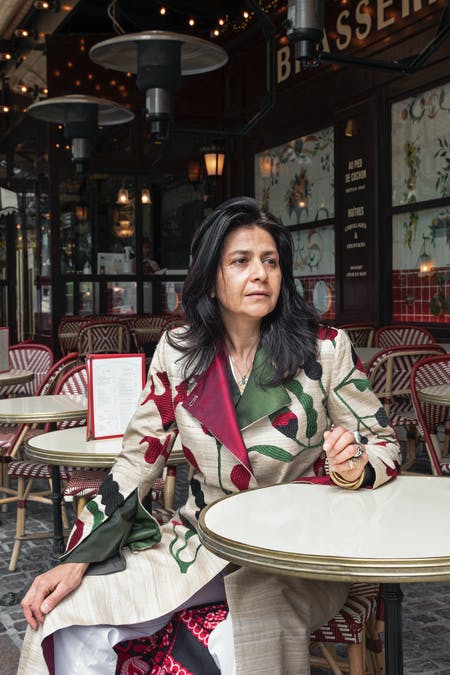
Mashid Mohadjerin (Iran, 1976) is a photographer whose work has been published in The New York Times, The Wall Street Journal, The Guardian, De Standaard, and Le Monde. Mohadjerin's work explores the boundaries between artistic and documentary photography. She studies identity and migration, and has travelled the world in search of human-interest stories. In "Lipstick and Gas Masks: Women and Resistance in Egypt and Tuneisa" (2017), she examines the world of the women who took on a pioneering role in the protests during the Arab Spring. Mohadjerin was a winner of the 2009 World Press Photo competition with her photograph of boat refugees, which moved the entire world. She is a lecturer and doctoral candidate at KASKA.
Zolaykha Sherzad
The young girl, who fled the war with her parents at the age of ten and found a safe haven in Switzerland has never forgotten the country of her birth, even though she managed to suppress that feeling for a long time. "I left my country brutally. In your teens, you try to deny your origins. I wanted to blend into the Swiss context. It was only after completing my studies and starting work that I began looking for my roots. Apart from a few nostalgic memories, I had no connections with Afghanistan."
"It is partly a return to sources, but with a modern vision. Modern is not synonymous with Western," the designer emphasises. "Modern means: reinterpreting what we already have, and making it suitable for contemporary life. I work on elements and concepts from old pieces of clothing. For the linings, I work with fabrics with typical Afghan motifs and flowers. I add elements on the outside, including through the use of embroidery, that refer to Afghan culture."
"As in all cultures, Afghan pride is what people make locally. We have known war for 40 years and much has been lost. It is important to point out that our history is not one of war and internal conflicts. Our history is the result of an external invasion that was destructive, both physically and socially."
Mode Museum Antwerp (MoMu) and Texture Kortrijk (Belgium), "Textile as Resistance", storytelling and photography exhibition runs until February 16, 2020 at Texture Kortrijk and will travel on to Kunsthal Extra City Antwerp in spring 2020.
MoMu Antwerp houses the largest collection of contemporary Belgian fashion in the world and stands out with its immersive fashion exhibitions.
, 1983 (Foto Vaclav Sedy).jpg)
